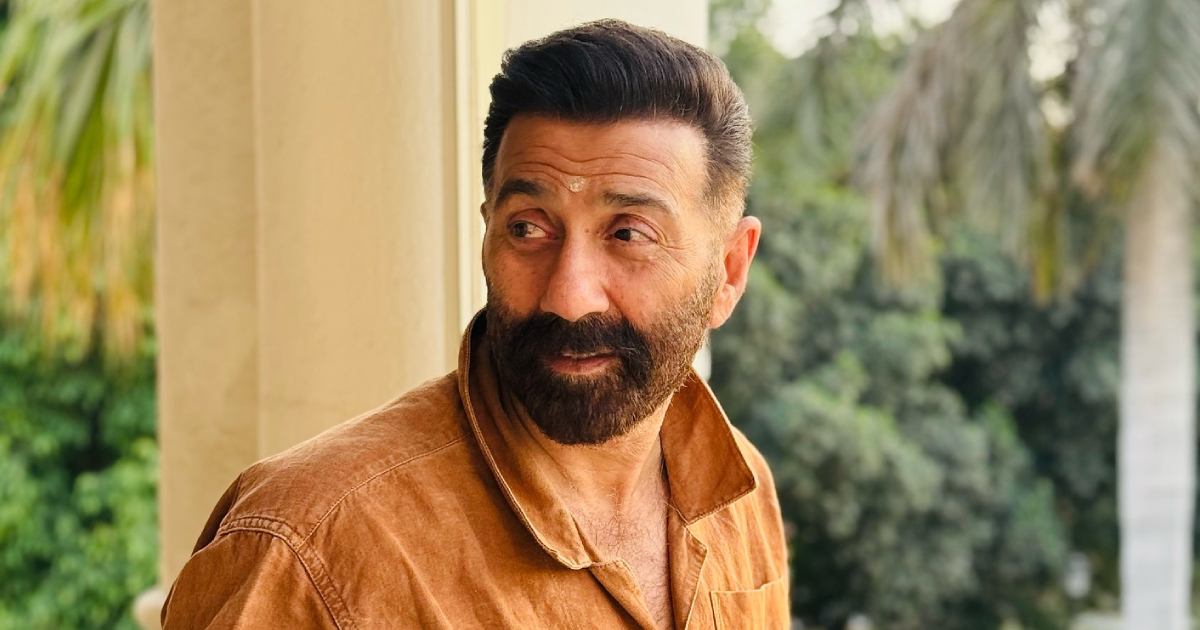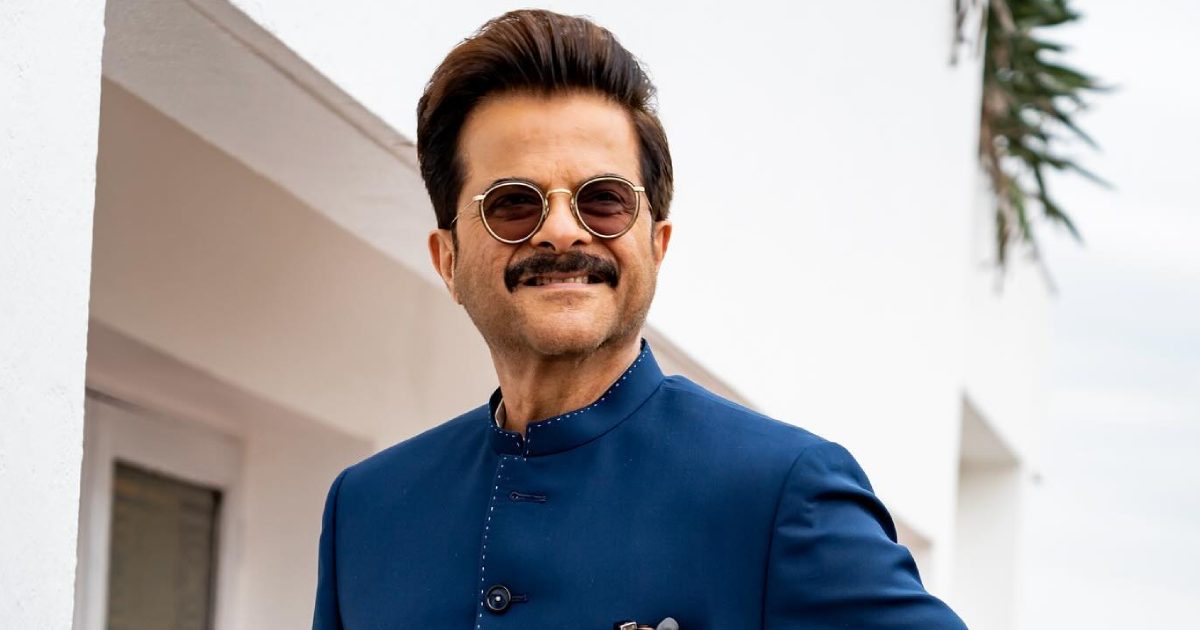
Few actors in Indian cinema have managed to defy time the way Anil Kapoor has. Decades after his debut, he still radiates the same restless energy and freshness that first made audiences sit up. Astrology explains this remarkable longevity, for an Aquarius rising with a Virgo Moon and a Sagittarius Sun is a rare combination of originality, discipline, and optimism. Anil Kapoor’s chart shows a man who reinvents himself with every decade, someone whose life seems to move in rhythm with the planets that shape his destiny.
He was born with an Aquarius rising, which immediately marks him out as distinctive, original, and ahead of his time. The ascendant in Aquarius gives him an unconventional charm, a youthful energy that does not fade easily, and a capacity to reinvent himself in an industry where careers often run out of steam quickly. His long-lasting stardom and ability to adapt to changing cinematic landscapes reflect this Aquarian signature of renewal and freshness.
His Sun and Mercury in Sagittarius add the qualities of optimism, adventure, and buoyancy. Sagittarius infuses him with enthusiasm and a natural love for storytelling, which translates seamlessly into his screen presence. This placement makes him outspoken, confident, and straightforward, with a streak of humor that often shines through in his interviews and public appearances. The Sun in Sagittarius also blesses him with a kind of philosophical detachment, as he can laugh at himself, take risks, and move forward without getting bogged down by past failures.
Trending
The Moon in Virgo, conjunct Jupiter, balances this fiery enthusiasm with a deep sense of discipline and practicality. Virgo Moons are often grounded, detail-oriented, and self-critical, and conjunct Jupiter, this tendency is amplified but also softened by Jupiter’s expansive generosity. This combination explains why Kapoor is both meticulous about his craft and generous in his collaborations. His Virgo Moon gives him humility and an earthy reliability, while Jupiter’s influence adds optimism, a sense of faith, and that unmistakable ability to bounce back stronger from setbacks.
This conjunction also explains his remarkable commitment to health and fitness, which, combined with his Aquarius ascendant, contributes to his almost ageless, youthful appearance that continues to astonish audiences. Mars in Pisces contributes a fluid, creative energy. Rather than pushing aggressively, he channels his ambition in a more adaptable and artistic way. Mars here often works through intuition rather than sheer force, giving Kapoor the ability to play a wide range of roles, from intense dramas to lighthearted comedies, with emotional sensitivity.
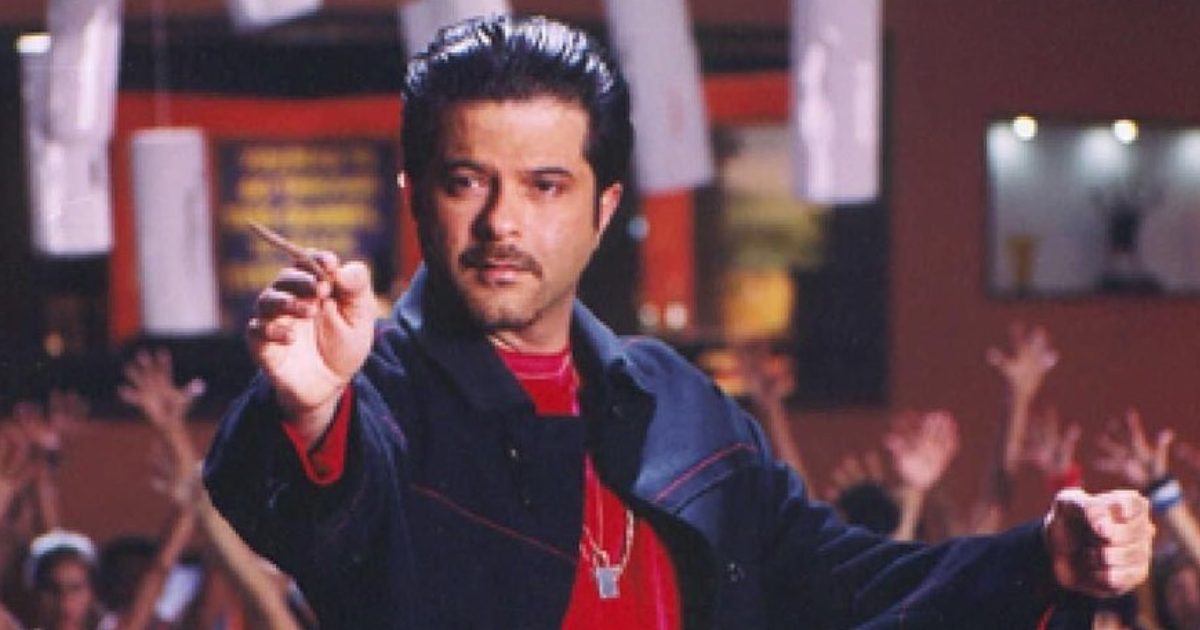
Mars in Pisces also lends him a compassionate streak and a sense of empathy, which has kept him approachable and loved by both colleagues and audiences. Venus in Scorpio gives him magnetism and depth in relationships and performances. His onscreen presence often carries a smoldering, passionate quality, and in personal life, Venus in Scorpio suggests loyalty, depth of feeling, and a private, almost mysterious dimension to his relationships. With Saturn and Rahu also in Scorpio, there is a karmic undertone, and his life has involved hard lessons about power, control, and persistence. These placements also account for his sheer resilience in an industry where fortunes can change overnight.
Saturn trine Uranus is a powerful aspect in his chart. It shows an ability to balance tradition and innovation. In Kapoor’s career, this comes through in how he has moved fluidly from conventional Bollywood films into international projects, OTT platforms, and even self-parody roles with remarkable ease. He knows how to respect the old structures while embracing the new, which has been key to his longevity. Venus trine Uranus adds an element of surprise and freshness to his charm. It brings him a touch of unconventional appeal in love and art, making him attractive in ways that go beyond traditional standards. This aspect also gives a certain electricity to his performances, something unexpected and spontaneous that keeps audiences hooked.

The Sun trine Pluto aspect provides him with inner strength, charisma, and the ability to transform himself and his circumstances. People with this aspect often have a commanding presence, even when they are not trying. Kapoor’s intensity on screen, combined with his ability to stay relevant in changing times, reflects this transformative solar-Plutonic power. The Neptune in Libra and Pluto in Leo generational placements also add layers to his personality. Neptune in Libra emphasizes ideals of beauty, harmony, and partnership, which reflects in his graceful style and enduring marriage. Pluto in Leo signifies a generation that redefined drama and individuality, and Kapoor embodies this with his boldness, flair, and ability to stand out in a crowd.
Overall, Anil Kapoor’s chart reflects a man of remarkable adaptability, resilience, and magnetism. Aquarius rising and Saturn trine Uranus make him a bridge between eras, traditional yet modern, rooted yet experimental. His Virgo Moon conjunct Jupiter explains his discipline, good health, and longevity, while Venus in Scorpio and Sun trine Pluto give him the charisma and intensity that have made him one of Bollywood’s most enduring stars. His chart shows not only why he has enjoyed a career of rare length and relevance, but also why he continues to defy age with his vitality, youthful appearance, and tireless energy.

Anil Surinder Kapoor was born on December 24, 1956, in Chembur, Bombay, now Mumbai, into a family already entwined with the Indian film industry. His father, Surinder Kapoor, was a producer, and the family’s connections provided both inspiration and opportunity, though Anil’s path still demanded persistence. He studied in Chembur at Our Lady of Perpetual Succour High School, and later at St. Xavier’s College in Mumbai. Early on, as a young man, he did small jobs in the film world, location scouting, running errands, in order to help and also to learn the ropes.
His film debut came in 1979 in Hamare Tumhare, during the Rahu dasha, Jupiter bhukti. This was a romance where he played a small role. He next took up lead roles in regional cinema, as in the Telugu film Vamsa Vruksham (1980), directed by Bapu in the same period. He also did a Kannada film, Pallavi Anupallavi (1983), during the Saturn bhukti. These early films helped him sharpen his craft and visibility, though it was his return to Hindi cinema during the Mercury bhukti, as a lead in Woh Saat Din (1983), a home production and a box office success, that brought him into the limelight.
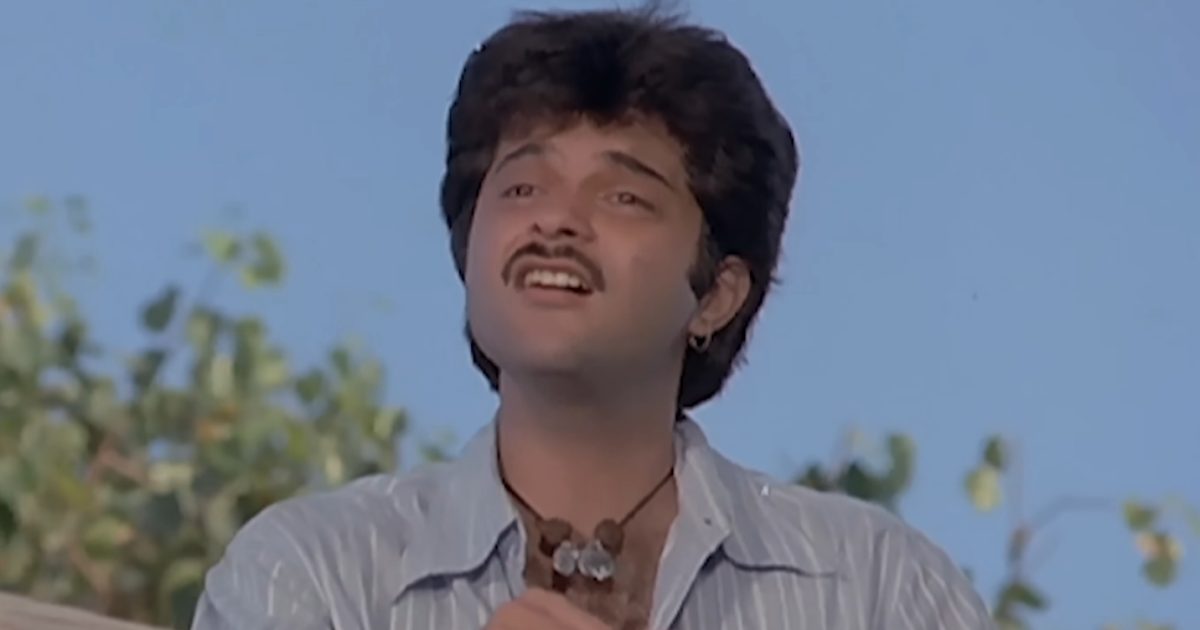
Through the mid-1980s, Kapoor began to deliver the kind of performances and box office success that would set him apart. His first major hit in Hindi was Meri Jung (1985), during the Mercury bhukti, which helped establish him as a bankable star. Among the films that defined his early breakout was Mr. India in 1987, a big-budget film, a home production, in which he played a modest foster father who acquires the power of invisibility and confronts a villainous Mogambo. Mr. India, released during the Venus bhukti, became not only a major box office success but also had a cultural impact. Its songs, dialogues, and the characters of protagonist and antagonist still carry popular resonance decades later. There has been speculation about a possible sequel or remake in recent years. It placed Anil Kapoor firmly in the A-list.
During the Venus bhukti, alongside Mr.India, he had big hits through Tezaab (1988), best known for the chartbuster Ek Do Teen. This was among the earliest films where he was paired with Madhuri Dixit, and the two went on to do several films together, most of which were box office successes. Ram Lakhan (1989), Rakhwala (1989), and Kishen Kanhaiya (1990) also worked at the box office. In Eeshwar, Anil Kapoor played an octogenarian when he was really still in his thirties. During his Moon bhukti, Lamhe, in which he paired with Sridevi, brought him tremendous acclaim and is considered among his finest works, although it did not work at the box office because it did not resonate with a conservative audience. These films established his range as an actor.
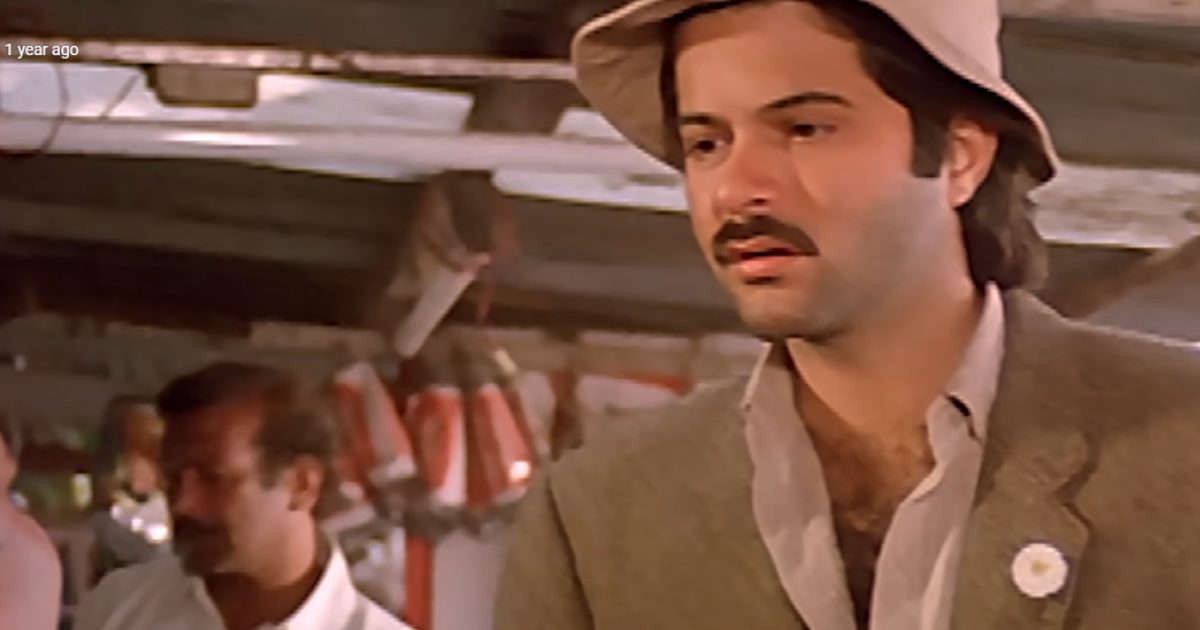
In the 1990s, Anil Kapoor continued to mix commercial films with more serious work. Films like Beta (1992), Laadla (1994), and Virasat (1997) won both audience appreciation and critical acclaim. Judaai (1997), Deewana Mastana 1997), Biwi No. 1 (1999), Hum Aapke Dil Mein Rehte Hain (1999), and Taal (1999), among others, kept him going as a bankable star. His consistent presence, discipline, and willingness to adapt to changing audience tastes kept him relevant. Most of these films released during the beginning of his sixteen-year Jupiter dasha, which began in May 1993.
Entering the 2000s, Anil Kapoor shifted gears. Though he had financed several family productions earlier, his first independent venture as producer was Badhaai Ho Badhaai (2002), followed by My Wife’s Murder (2005) and Gandhi, My Father(2007), which won the National Film Award for Special Jury Award. These efforts reflected his desire for creative control and diversification, though they, along with films like Karobaar (2000), Om Jai Jagdish (2002), Rishtey (2002), and Calcutta Mail (2003), did not fare well commercially. Nayak: The Real Hero (2001), directed by Shankar, also released to a muted response but has since gained cult status, and a sequel is reportedly in the works.
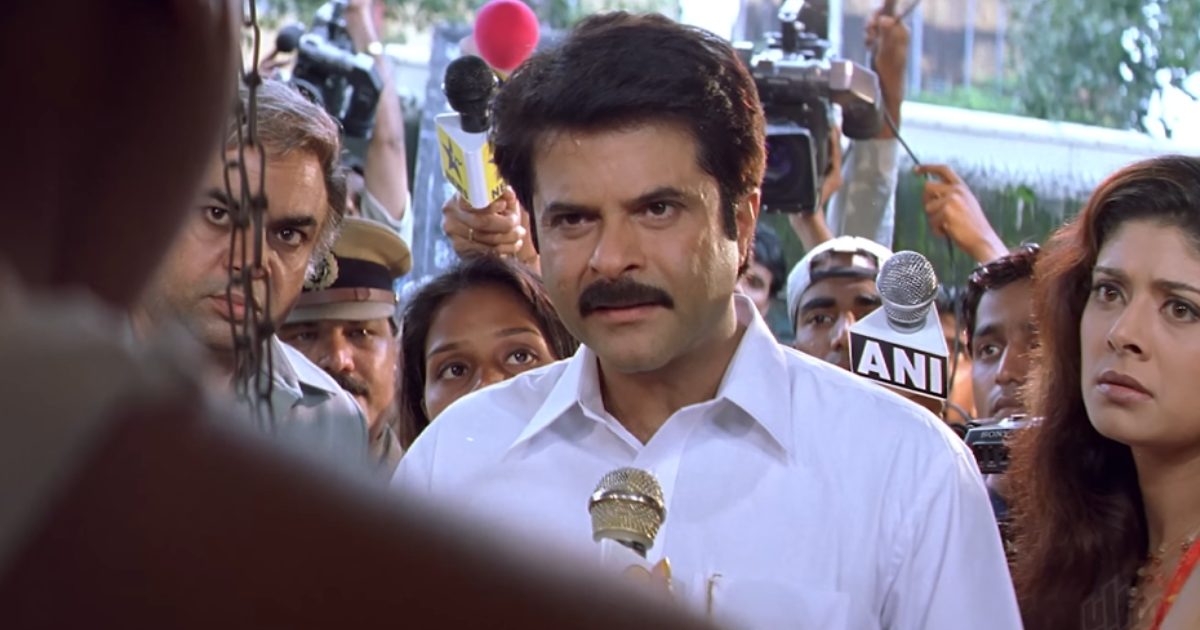
Anil Kapoor then reinvented himself as an actor, making a spectacular comeback with the comedy hit No Entry, alongside Salman Khan and Fardeen Khan. Released during his Moon bhukti, the film was a blockbuster, and even two decades later, its sequel remains in development, though Kapoor has opted not to return for it. In the following years, he continued his successful run with Welcome (2007), another major hit in a similar comic vein, directed by Anees Bazmee, during his Rahu bhukti. The year 2008 marked a major turning point in Anil Kapoor’s career. He appeared in Danny Boyle’s Slumdog Millionaire, released during his Rahu bhukti. Partly set in India, the film became a global phenomenon, sweeping the Academy Awards and earning Kapoor international recognition. His first Hollywood collaboration introduced him to a worldwide audience and significantly elevated his stature as an artist.
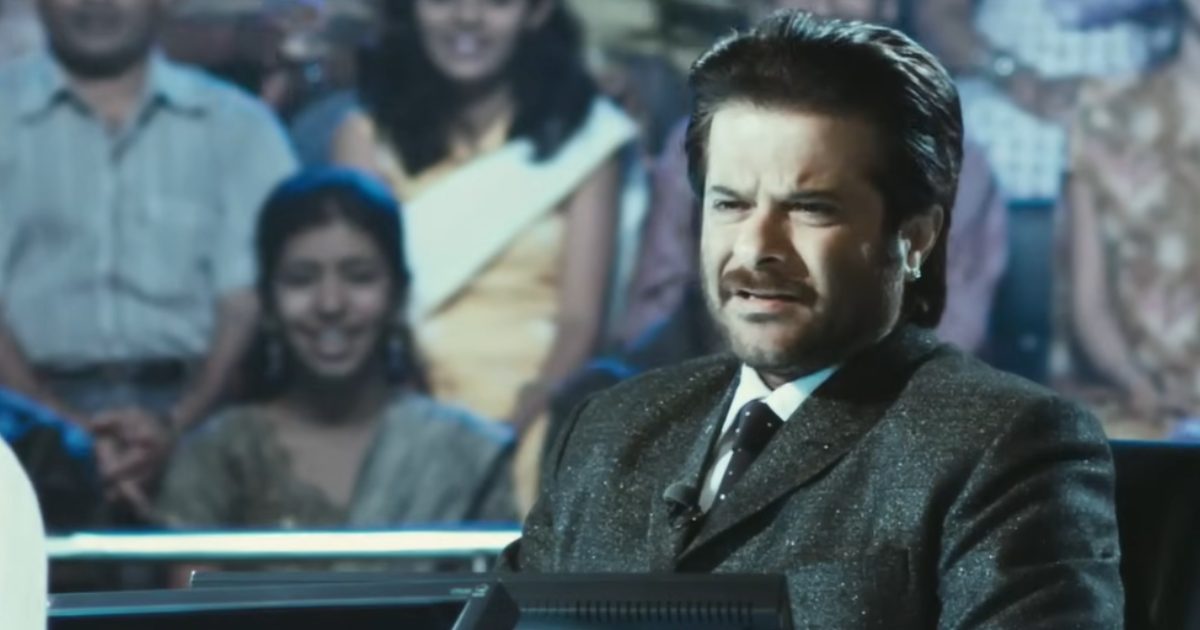
His Saturn dasha began in 2009, marking another phase of reinvention. From 2010 onward, Kapoor embraced a wide variety of roles, supporting, cameo, and character parts, while also venturing into television and OTT projects. He acquired the rights to and produced the Indian adaptation of 24, in which he also played the lead. He made a brief appearance in Mission: Impossible – Ghost Protocol (2011), expanding his international footprint.
Just before the global lockdown, he delivered a notable performance in the box office success Malang, co-starring Aditya Roy Kapur and Disha Patani, during his Saturn dasha, Sun bhukti. In recent years, he has starred in Thar (2022), Jugjugg Jeeyo (2022), Animal (2023), and Fighter (2024). His performance in Animal was particularly significant in terms of box office, as it became one of the highest-grossing Indian films of all time, collecting over 910 crores worldwide. It is cited as his highest-grossing film to date. Incidentally, I had predicted on Twitter that Animal would be a blockbuster several weeks before its release and before even the trailer was made public.
Through all this, Kapoor has shown an ability to move with the times. His performances at ages when many of his contemporaries have faded remain strong, and his presence in mass entertainers, multi-starrers, character roles, and TV or web work keeps him visible. Even in his sixties he is known to perform many of his action sequences or stunts, maintaining physical fitness and a youthful energy.
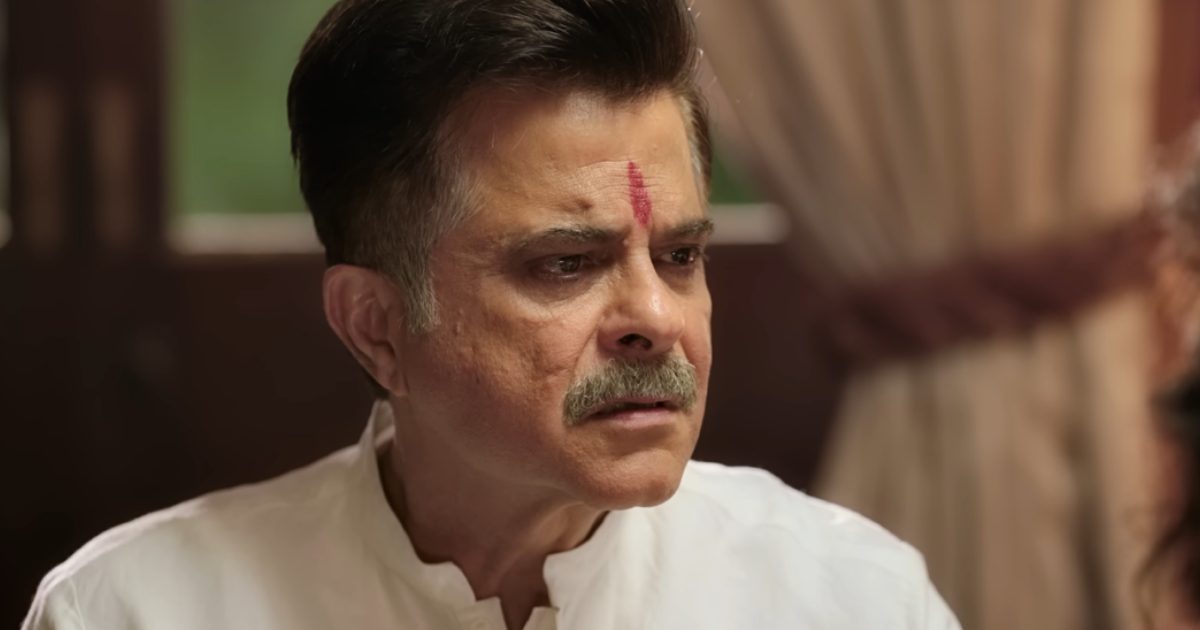
Anil Kapoor is currently in his Saturn dasha and will enter his Jupiter bhukti in November 2025, a period poised to accelerate the pace of his career. In recent weeks, he has reportedly signed on for a French film directed by Ritesh Batra. When Saturn dasha concludes, the Mercury dasha that follows should also support his professional growth. The coming year looks highly eventful. Around December 2025, he may associate with a large or reputed corporation, bringing significant financial gains. A major creative collaboration is likely in January 2026, possibly a multi-film deal. From mid-March to the end of April 2026, his chart indicates strong career momentum, with April particularly active. The latter half of May 2026 also points to substantial progress.

As he steps into this prolific phase, his slate reflects both artistic ambition and creative courage. A collaboration with Suresh Triveni – the acclaimed director of Tumhari Sulu – signals a return to intimate, character-driven storytelling that Kapoor has long enriched with emotional depth. In parallel, Hansal Mehta’s biggest Netflix series places him at the center of India’s new-age prestige television movement, reaffirming his instinct for staying ahead of trends and exploring bold, layered roles.
Meanwhile, Alpha – directed by Shiv Rawail of The Railway Men at YRF – promises a cinematic spectacle that blends scale with substance, proof that Kapoor continues to thrive in both innovation and mainstream appeal. Few actors command such intergenerational relevance. From Mr. India to Slumdog Millionaire and now to a slate uniting directors like Mehta, Triveni, and Rawail, his journey reads like a chronicle of Indian cinema’s evolution. Entering Jupiter bhukti in late 2025, his chart aligns with significant creative expansion – culminating in a transformative phase in Anil Kapoor’s career.
About The Author

Vikkramm Chandirramani, an astrologer practising since 2001, combines the principles of Vedic and Western astrology with his intuitive abilities to offer profound insights into the future. His official website is https://www.futurescopes.com/astrology/
Advertisement
For more such exclusive stories, stay tuned to Koimoi.
Follow Us: Facebook | Instagram | Twitter | YouTube | Google News






 Follow Us
Follow Us